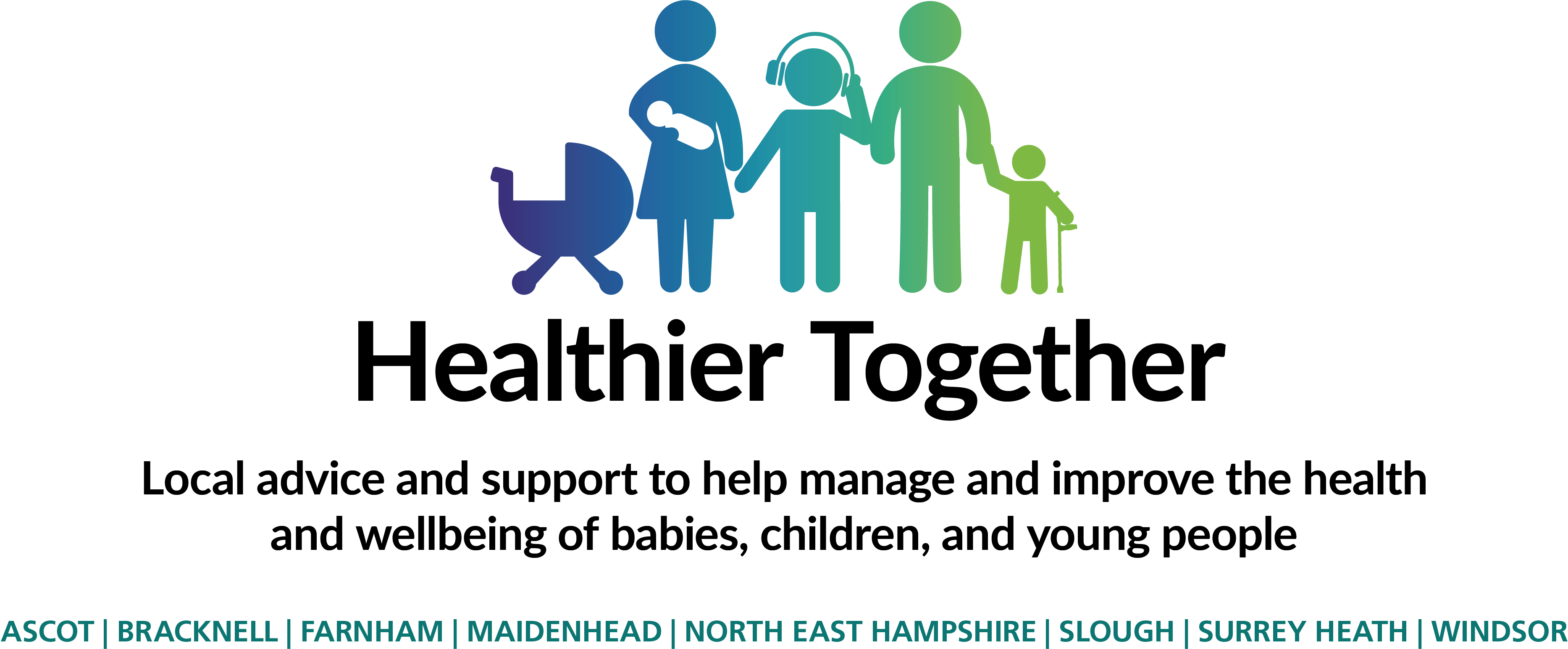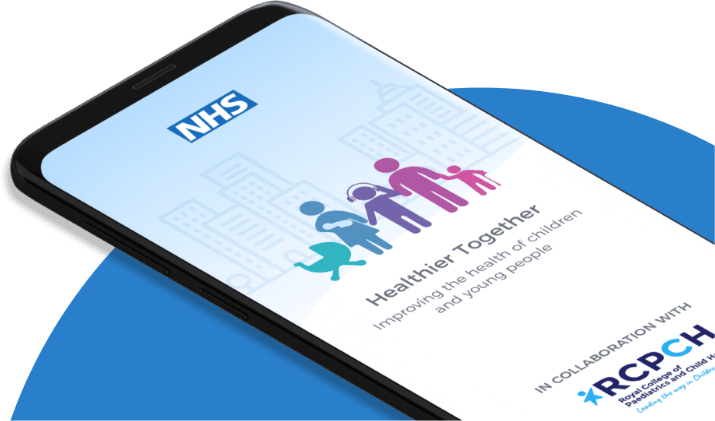TickBite
Ticks are tiny spider-like creatures that live in woods and areas with long grass. They're found all over the UK.
Ticks do not jump or fly. They attach to the skin of animals or humans that brush past them.
Once a tick bites into the skin, it feeds on blood for a few days before dropping off.
- Most tick bites are harmless
Only a small number of ticks are infected with the bacteria that cause Lyme disease.
A tick bite can only cause Lyme disease in humans if the tick has already bitten an infected animal. Ticks that may cause Lyme disease are found all over the UK, but high-risk areas include grassy and wooded areas in southern England. Ticks are most active in spring, summer and early autumn.
Symptoms appear on average 14 days after the tick bite, however can occur between 2 days and 3 months.
- Removing a tick
It is important to remove the tick promptly, to prevent it releasing its contents into the bite. Do not worry if all of the tick has not been removed. Please do not try to dig out retained parts as this will increase the risk of skin infection. Retained parts will usually work their way out within a couple of days.
Click here for instructions on how to safely remove a tick from your child.
- Please see your GP if your child experiences any of these symptoms after a tick bite: You will need to inform your GP that your child had a tick bite.
- A circular red rash around the area of the bite. The rash may be white in the middle and look like a “bulls eye”. Click here for pictures of the rash.
- Hot and shivery
- Headaches
- Aching joints and muscles
- Muscle weakness
- Extreme tiredness
- Tender glands
- Feeling sick
- Facial weakness (droop on one side of the face)
- Treatment for Lyme disease is with antibiotics and is most effective if started as early as possible.
- Antibiotics are not used for prevention of Lyme disease following simple tick bites.
- Speak to your doctor if your symptoms come back after treatment with antibiotics or they do not start to improve.
- Do not worry if all of the tick has not been removed. Please do not try to dig out retained parts as this will increase the risk of skin infection. Retained parts will usually work their way out within a couple of days.
- Prevention:
- Cover your skin, wear long trousers and boots and tuck trousers into socks when walking in long grass.
- Examine yourself and your children for tick after exposure and remove all ticks as soon as possible. Some ticks can be tiny, no bigger than a pencil dot.
- Enjoy the outdoors but "be tick aware" - helpful guidance from Public Health England
References:
Public Health England - Lyme Disease: Signs and Symptoms
National Institute for Health and Care Excellence (NICE) Lyme Disease guidelines:




